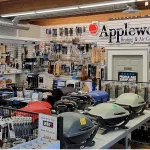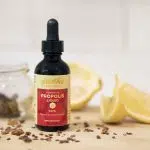UPDATE: Heron Protection Society concerned trespassers, rezoning application could affect bird habitat
UPDATE Feb. 13
The Greater Vernon Advisory Committee has taken action to protect the Great Blue Heron population that nests in the north part of Vernon.
Chair Akbal Mund tells Vernon Matters, after hearing from a delegation at Wednesday’s meeting, the directors went in-camera and decided to approve the six new ‘no trespassing’ signs requested by the Vernon Heron Protection Society.
Members of the society told the committee, the signs put up 26 years ago have deteriorated or gone missing and they are concerned about trespassers, including people with addictions problems, bothering the birds.



